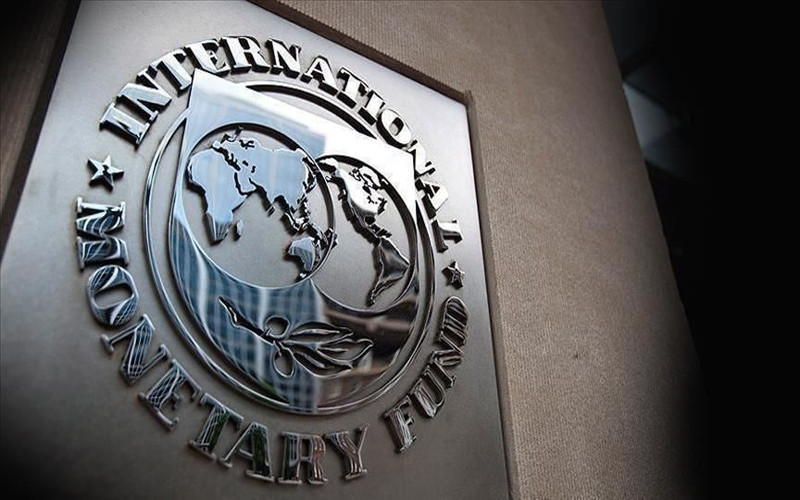According to the US Department of Commerce, the US economic growth last year reached the highest level since 1984 and despite strong outbreaks of the pandemic, in the last quarter of 2021, the world’s number one economy still grew by 6.9%. However, the International Monetary Fund (IMF) has recently released its World Economic Outlook, in which it forecast that the US economy would grow by 3.7% in 2022, 0.3% lower than that of the previous forecast made in January, and a growth of 2.3% in 2023. In the context of an increasingly severe “inflation storm” and the US Federal Reserve (FED) is having to implement austerity measures, the survey results showed that analysts are increasingly concerned about the risk of the US economy falling into a recession.
The US press quoted expert Desmond Lachman from the American Enterprise Institute as predicting that the US economy will probably have a recession at the end of this year or early next year when the FED tightens monetary policy to control inflation. Lachman cited “historical lessons” asserting that there has never been a time when the FED kept inflation below 4% without causing an economic recession. Meanwhile, chief economist for mortgage lender Fannie Mae, Doug Duncan, predicted the magnitude of the US recession in 2023 may be comparable to the 2008 recession.
The survey results of Bloomberg also showed that the concern about the US economic recession is increasing. According to this news agency, experts believed that the US economy has a 27.5% chance of falling into a recession, higher than the 20% forecast in a survey in March. Goldman Sachs financial group has also forecasted the possibility of a US economic recession in the next 2 years is 35%.
Concerns about the US economy have increased amid high inflation throughout the country for many months, while the Russia-Ukraine conflict is “shadowing” the global economic outlook. In the US, the consumer prices in March rose to the highest level in more than 16 years as gasoline prices rose to record highs, the average selling price in March increased to 4.33 USD/gallon, the highest ever.
A separate report released by the US Department of Labor also showed that import prices rose 2.6% in March, the highest increase since April 2011. Rising prices have reduced the purchasing power of consumers, negatively impacting the growth of the world’s number one economy. Meanwhile, the conflict in Ukraine disrupted supply chains, and caused food and energy prices to soar, “contributing to a storm” that exacerbated inflation in the US.
At the recent FED meeting, FED Chairman Jerome Powell warned that the unpredictable developments of the Russia-Ukraine conflict and Western sanctions against Russia could have a significant impact on the US economy.
The FED Chairman in an economic policy conference in March said he was open to the possibility that the FED could raise the federal funds rate by 0.25% if the meetings concluded that this was necessary. According to him, the rate hike will continue until inflation is under control and even monetary policy can be tightened if necessary to stabilise prices.
In addition to inflation, he said that the world’s number one economy is facing many challenges as managers are struggling with a labour shortage and many people have not yet returned to the labour market after the COVID-19 pandemic. Currently, the US labour market is in an unbalanced state when recruitment demand is higher than the size of the labour force by about 5 million jobs.
The US is the number one economy in the world, once its economy weakens, global economic growth will certainly decelerate significantly, so the concern about the "health" of the US economy is also a common concern of the global economy.
To avoid a “hard landing” for the US economy next year, analysts have recommended that this year, the US also needs to tighten the money supply because the more it allows excessive money circulation in both the financial market and the real economy, the more severe the impact will be.
















